The great unraced ghost cars: Born not to run
There is something otherworldly about racing cars that should have made their mark but never reached the grid. Gary Watkins guides us through motor sport’s pitlane of the abandoned, a collection of mysterious machines whose potential was quashed before a wheel was turned in anger

Champagne was poured over the nose according to Porsche tradition and the car the world was expecting to take the marque back to the Le Mans 24 Hours in 2000 edged onto the Weissach test track. Many of those at the shakedown — certainly drivers Bob Wollek and Allan McNish — were not aware that it had already been decreed that this would be the final run for the car as well as the first.
And so a machine dubbed the LMP2000 joined the litany of unraced cars strewn through motor sport history. Some were simply not meant to be. Which was the case for the LMP2000. It wasn’t so much axed as never given the go-ahead. The same went for the Toyota TF110 Formula 1 car, while others were scuppered by rule changes, the cancellation of series or political whims.
The Porsche was developed during 1999 as the firm sat out Le Mans after taking its 16th victory in the French enduro with the 911 GT1-98 the previous summer. Yet a bid for another win in 2000 was never signed off. Porsche’s racing department had received the green light to develop a new LMP prototype powered by a V10 engine, but not yet to race it. That was pending.
Herbert Ampferer, the boss of Porsche Motorsport at the time, tells what he calls “a complicated story”. “When I came back from Le Mans in ’98, the question was what to do for next year,” he remembers. “Our chairman, Wendelin Wiedeking, asked me what would it change if we won Le Mans for a 17th time. I had to reply, ‘Not a lot.’”
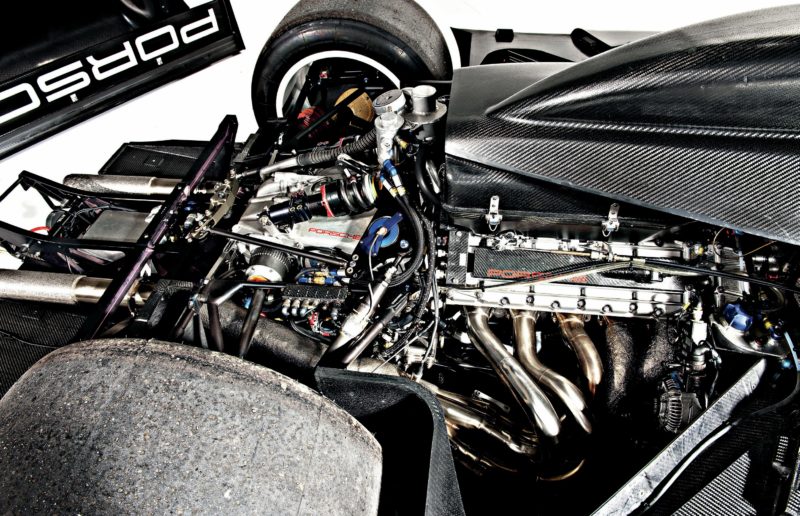
For years, Porsche didn’t utter a word about the existence of the LMP2000, codename 9R3. It used a V10 engine that had its roots in a stillborn F1 design, which would eventually find a home in the Carrera GT
This answer didn’t stop Ampferer from presenting a new way forward in pursuit of another win. He and his colleagues knew that time was up for the latest engine in a line of flat-six turbos that had powered the GT1-98. He proposed a large-capacity normally aspirated powerplant in the back of an opentop prototype.
“A boxer engine like ours was fundamentally inefficient,” says Norbert Singer, who led development of the LMP2000 like so many of the great cars that preceded it. “And we saw from our rivals that when you were running for consumption you really needed displacement.”
Porsche also came to the conclusion that a prototype was a better option than another exotic GT car that had to be homologated for the road. Singer says that the experiences with the Porsche WSC95, which Joest Racing had taken to Le Mans victory in 1996 and ’97, had “proved the potential” of the concept.
“What would it change if we won Le Mans for a 17th time? Not a lot”
The go-ahead was given to build a new prototype around an engine developed out of a Formula 1 research project undertaken in 1994/95, but, says Ampferer, the senior management in the racing department “were aware that we were most likely not going to return to Le Mans”.
Wiedeking had made a telling comment during those post-Le Mans discussions. Rather than trying to win the big race another time, he raised the prospect of doing “something different”. That something different turned out to be the 205mph Carrera GT supercar.
Ampferer recalls a meeting around the time that the decision was made not to proceed with the LMP2000, a few weeks before the roll-out. (Singer and his team were allowed to finish and then run the car because they were so far down the line.)
“Wiedeking asked me another question: ‘Who is the most famous sportscar manufacturer in the world?’ I replied that it was Porsche, of course. He told me to prove it!” recalls Ampferer. “He said, ‘We have never built a super-sports car, so instead of going back to Le Mans, let’s work on a project that proves that Porsche really is a great manufacturer of sports cars.’”
The next question concerned what components from the LMP2000 might be suitable for incorporation into some kind of supercar. Ampferer suggested the engine and a lot of the know-how. It was, he says, “the birth of the Carrera GT”.
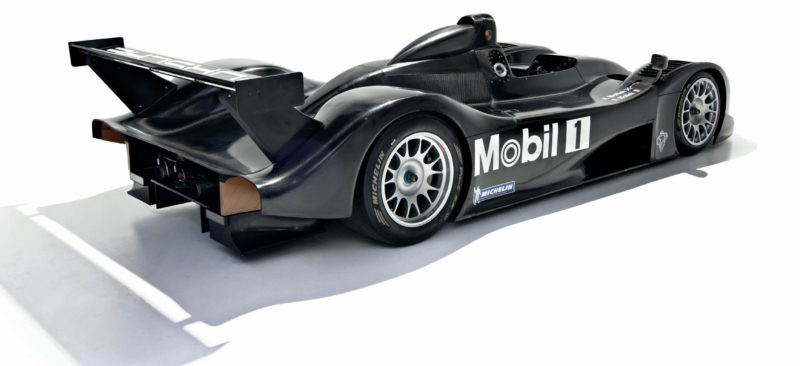
Once the LMP2000 project was cancelled, the car was not seen until the Goodwood Festival of Speed in 2018
The company line at the time was that the need to divert resources into development of the first-generation Cayenne SUV spelt the end for the LMP2000 project. That was part of the reason, explains Ampferer, but the main motive was to turn much of his staff over to development of the supercar. And that had to remain secret.
“When we started developing the Carrera GT, I would say that 50% of the people came from the motor sport side,” he says. “You need a big team to develop a car like that.”
The engine in the Carrera GT, Ampferer suggests, “was more or less” the same as in the LMP2000: “We increased the displacement a little — from 5.5 to 5.7 litres — but the bore/stroke ratio and the length and height of the engine didn’t change.”
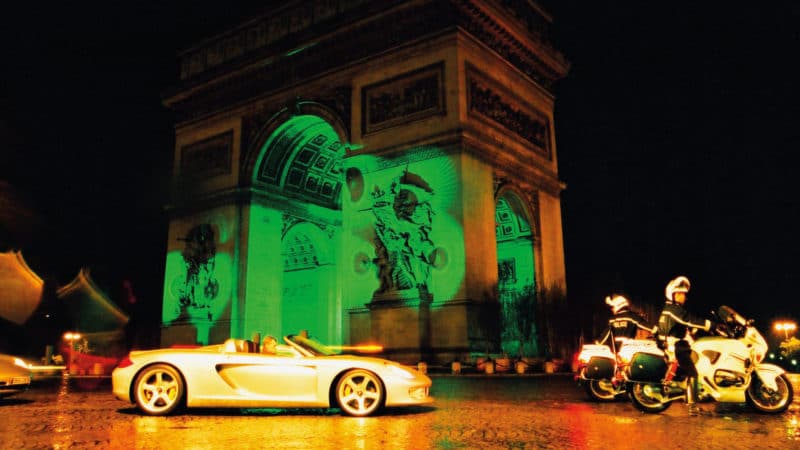
The Carrera GT concept made its debut in Paris in 2000. It owed its existence and much of its engineering to the LMP2000 project
And the concept version of the supercar that rally legend and Porsche ambassador Walter Röhrl drove down the Champs Élysées ahead of the Paris Motor Show in October 2000 was at least half an LMP2000.
“The car had the racing engine, the racing gearbox and what I would call a very provisional chassis,” says Ampferer. “Only the outer skin was Carrera GT.”
That was as close as the LMP2000 has ever come to running in public. There were some grainy spy shots of the roll-out, but the one and only pukka LMP2000 wouldn’t be seen out of captivity until the 2018 Goodwood Festival of Speed. And then it was only on static display.
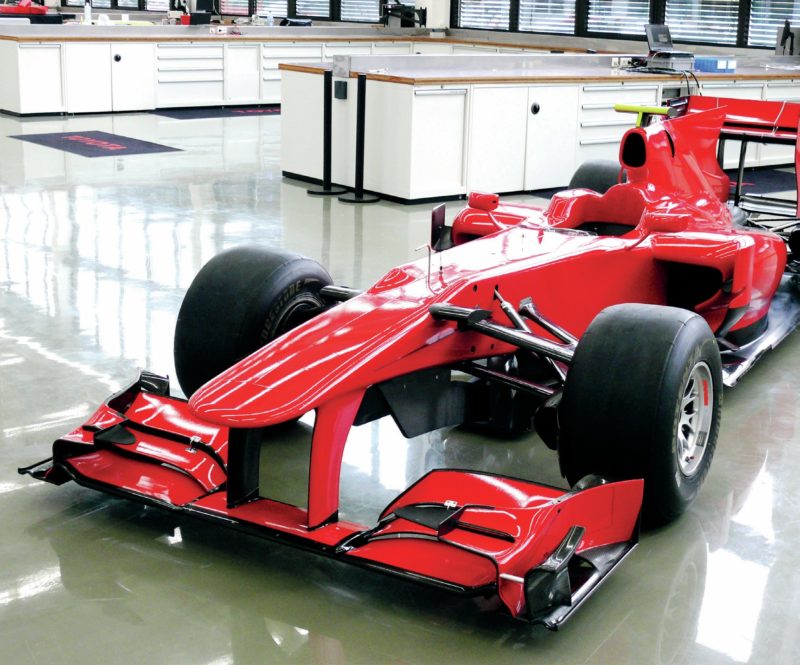
Toyota’s TF110 was designed for the 2010 F1 season but the team pulled out of F1 in 2009
The last Toyota F1 car wasn’t hidden away like the LMP2000. Rather, the TF110 took pride of place in the entrance hall of Toyota Gazoo Racing Europe (formerly Toyota Motorsport GmbH) in Cologne. It has subsequently found its way into a kind of museum under the organisation’s wind tunnel. Yet just like the Porsche it was highly improbable that it would ever have raced.
The Japanese manufacturer’s 2010 contender was designed and built, but the writing was on the wall for the car long before the announcement of the end of Toyota’s eight-season Formula 1 sojourn. TMG had been given a target ahead of what turned out to be its final year in F1 to win one of the first four grands prix.
What exactly the consequences of failing to do so never appear to have been communicated from Japan to Germany, but it is almost certain that the decision not to continue was made long before the news became official in November 2009. It was probably no coincidence that those four races fell before the announcement of the company’s annual financial figures in May, when it posted its first annual loss since 1950.
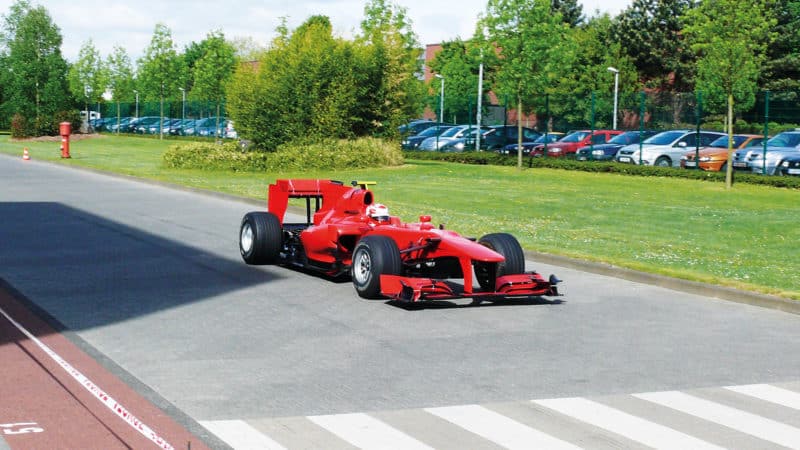
Kazuki Nakajima gave TF110 chassis No1 a run around the Toyota Cologne factory in 2010. The red livery was for would-be Serbian F1 team Stefan GP
Toyota doesn’t like talking about its Formula 1 adventure these days. But Pascal Vasselon, who headed up the design team on the TF110 and is now technical director of TGRE, did recently let slip that he is convinced the TF110 would have continued the manufacturer’s upward trajectory of the 2008 and ’09 seasons.
“In terms of aero figures, the car was exceptionally good,” he says. “Some of our guys went to other teams, including Ferrari and McLaren, and they saw how impressive the figures were.”
The TF110 did run, of sorts. Toyota agreed to a request from a Japanese publication to photograph the thing in action. Long-time Toyota contractee Kazuki Nakajima was entrusted with the controls for a quick spin around the TMG car park. He then handed the car over to TMG president John Howett, who promptly pranged it into the back of the wind tunnel!
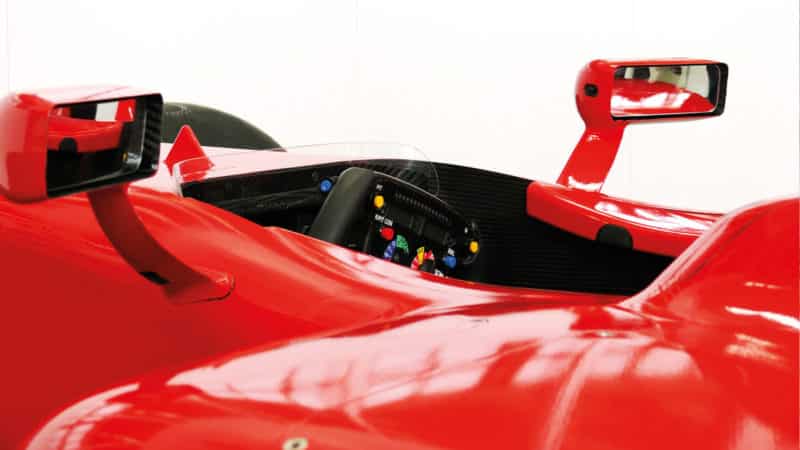
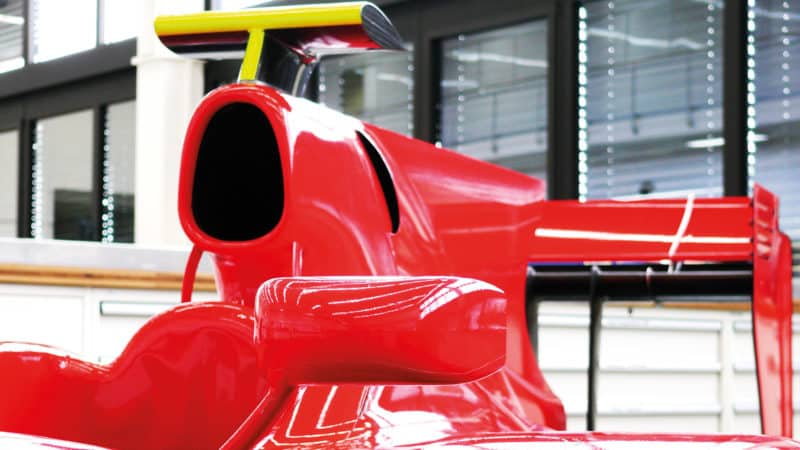
Not every still-born racing car makes it onto its wheels. The majority of the components for Audi’s 2017 R18 e-tron quattro LMP1 prototype were complete and ready to bolt together when the news came through that it was quitting top-flight sports car racing in October 2016. The shutters had come down on the World Endurance Championship programme in the wake of the Dieselgate scandal and the car was never completed.
No official photographs were ever released, but camera-phone snaps of a large-scale model of the car on display at Audi’s farewell party that December leaked out. It certainly looked the part, and there’s no doubt in the minds of many involved in the programme that it was going to be a winner.
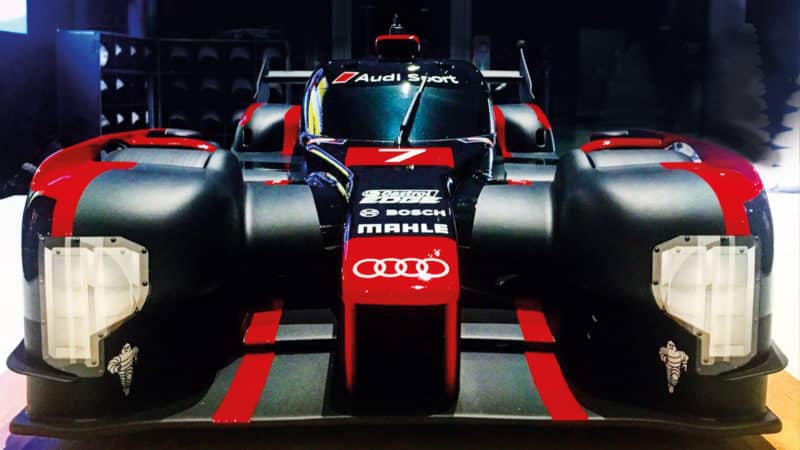
When Audi Sport announced its intention to depart the World Endurance Championship in late 2016, plans were already advanced for the following year’s R18 e-tron LMP1. A large model, above, had been built
Audi had gone a long way to proving the potential of the 2016-spec R18 turbodiesel out of which the unraced machine was developed, or was beginning to do so. After a mixed start to the season, it dominated at the Bahrain finale after the axe had fallen on the marque’s LMP1 involvement.
The technical director of the LMP1 programme at Audi Sport Jörg Zander had warned from the beginning that it would take time to turn the latest car to carry the R18 monicker into a winner. It was a complicated beast, incorporating aggressive aerodynamics and a battery energy-storage system for the first time.
“We struggled to develop the car and learn about the hybrid strategies, which wasn’t helped with the reliability issues we had initially, especially with the motor generator unit,” recalls Ralf Jüttner, team boss at the Joest Racing squad that helped run the cars. “The guys over at Audi Sport were convinced that for 2017 we had had a real weapon.”
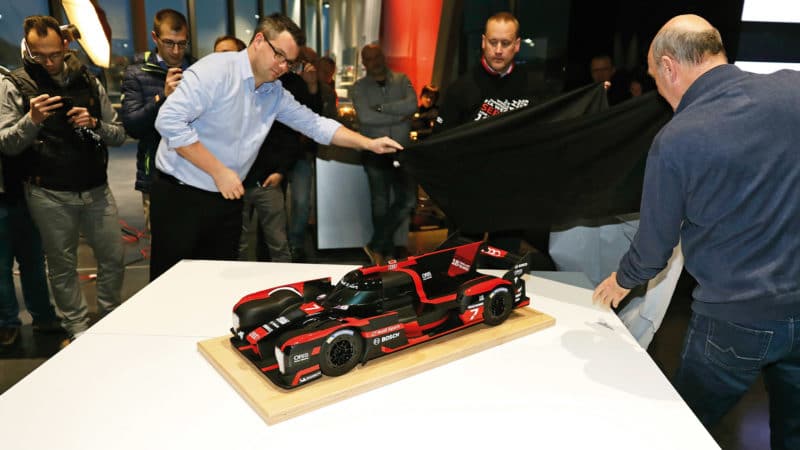
Jan Monchaux, Audi Sport’s head of vehicle engineering and aerodynamics from 2013-18, unveils the 2017 R18 scale model
‘Weapon’ is an apt word for another avant garde sports car that did make it to the track, though fleetingly so. Peugeot had already won Le Mans in 1992 with its 905 Evo 1 Bis, a radical reworking of the original car to carry the 905 type number, and was dominating what turned out to be the final season of the old World Sportscar Championship. But it had something even more dramatic up its sleeve.
The Evo 2 was dubbed the ‘Supercopter’, the name by which the US action series Airwolf went in France, for its gunship looks. It was more single-seater with faired-in wheels than Group C sports car.
Yannick Dalmas, who would win the 1992 WSC title with Derek Warwick, drove the car in free practice for that year’s Magny-Cours series finale. He remembers being blown away.
“It was amazing, so agile,” he says. “It had more downforce than the Evo 1, was lighter and the weight distribution was better.”
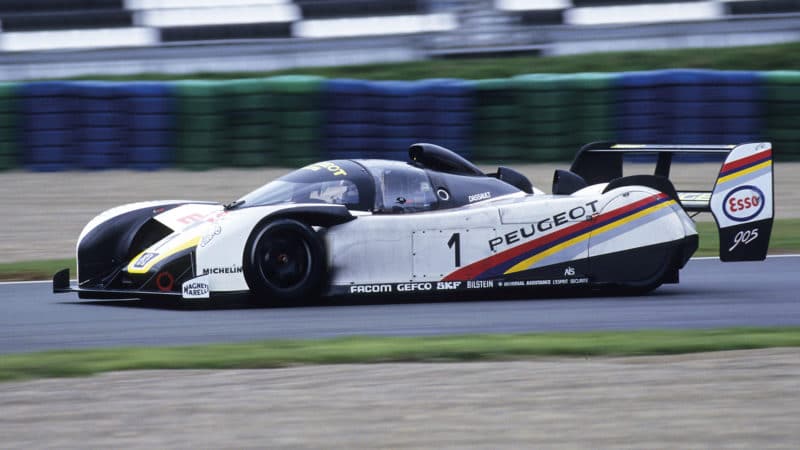
Derek Warwick and Yannick Dalmas gave the Peugeot 905 Evo 2 ‘Supercopter’ a drive in practice before the final round of the 1992 WSC at Magny Cours. And with that, its career was over
The Peugeot Sport team didn’t race the Evo 2 at Magny-Cours — “it was so complex that it was hard to find the correct set-up”, says Dalmas — and the cancellation of the WSC meant there was no need for it in 1993. The French manufacturer only raced — and won — at Le Mans that year and the highdownforce Evo 2 wasn’t designed for the flat-out blasts of the Circuit de la Sarthe. The Supercopter simply became surplus to requirements at Peugeot.
Dalmas recalls doing very little testing with the Evo 2 prior to Magny-Cours. It did run at Paul Ricard, which is where another unraced contender tested before it was consigned to the dustbin. Quite literally. The Brabham-BMW BT51, designed for the 1983 Formula 1 season, ran just twice before the cars ended up being scrapped.
Its designer, Gordon Murray, calls the car a “half-tank BT50”. It was the first Brabham to race with the BMW turbo engine. The new F1 contender was designed to exploit midrace refuelling, something that Brabham had brought back to F1 during the course of 1982. The problem was that it was also designed to a set of rules that ended up being superseded.
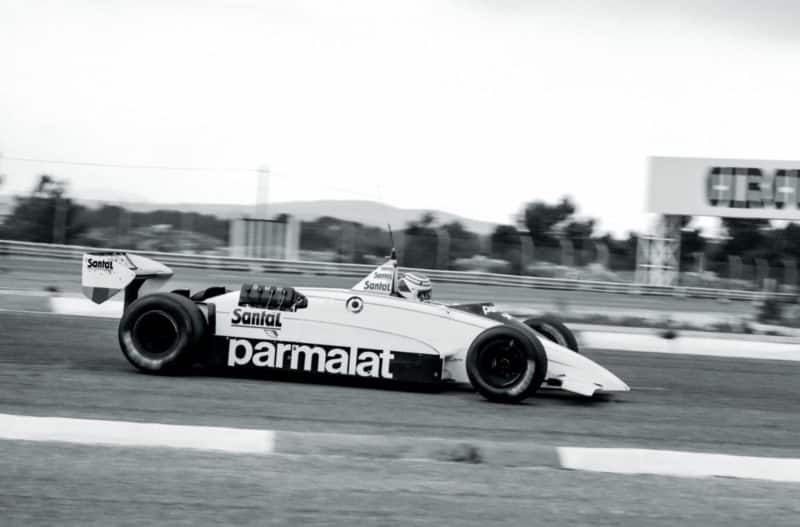
Tests of the Brabham BT51 were carried out at Paul Ricard and Donington. A ban on ground-effect underfloors ruled the car out of the 1983 F1 season and the two prototypes were scrapped.
The BT51 was a ground-effect car, and FISA, the FIA’s sporting arm at the time, decided to bring in new regulations for ’83 demanding an axle-to-axle flat-bottom. Brabham boss Bernie Ecclestone had assured Murray that autocratic FISA boss Jean-Marie Balestre wouldn’t get his way, which is why the team pushed on with its development of the BT51.
“I did the mental sums in one of those in-the-bath moments,” recalls Murray. “I knew how much the weight was worth and how much putting on new tyres mid-race was worth. I calculated that we needed to stop for no more than 26 seconds. Once we’d figured out how to get the fuel in quickly and put tyres on the thing, building a car specifically to exploit refuelling was just a no-brainer.”
When FISA got its way in November, the BT51 project had to be abandoned. The cars are believed to have been stripped of usable parts and sent away for destruction. Given that there is no example of the car — two are believed to have been built — in Ecclestone’s privateer collection at Biggin Hill, that theory can be accepted.
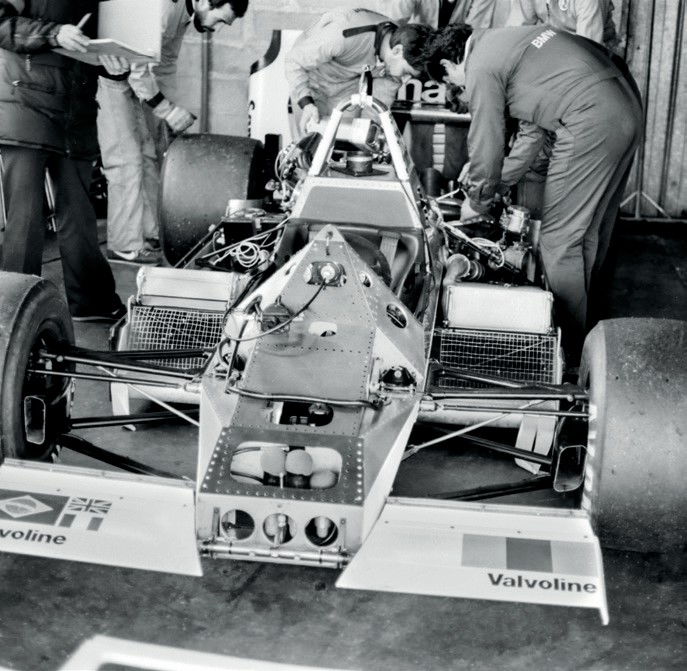
The BT51 had a small fuel tank; pitstops were part of the race strategy
Politics also did for the Gustav Brunner-designed Ferrari 637 Indycar, though they were of a different kind. Whether this car was devised as a lobbying tool at a time when the Italian team was fighting against proposed rule changes in F1 or was scuppered by internal wranglings went to the grave with Enzo Ferrari in 1988.
“Enzo was adamant that the Ferrari 637 was a big deal to him”
Steve Horne, who was team manager of the Truesports squad that was going to run the car in the North American CART series, believes the design and build of 637 was much more than sabre-rattling.
“I had several meetings with Enzo and he was adamant that it was a big deal to him and that it was something he really wanted to do in the twilight of his career,” says Horne. “I don’t buy into the idea that the Indycar was built to fire a shot across the bows of F1.”
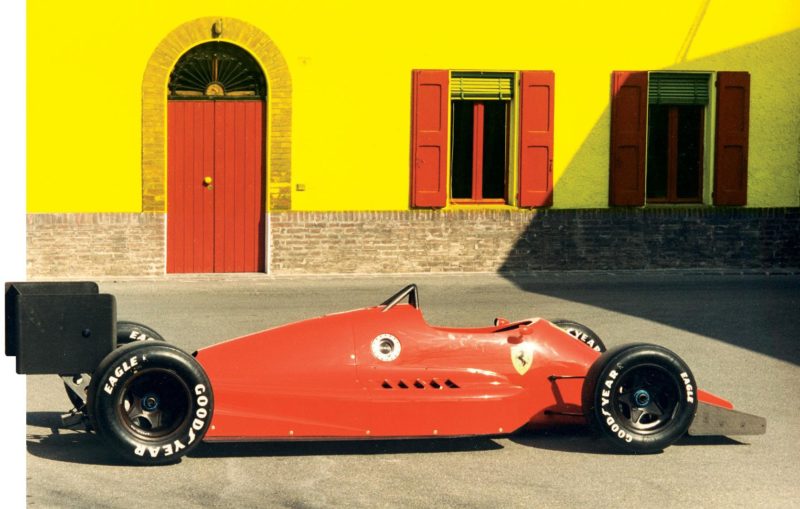
Enzo Ferrari, at loggerheads with FISA in the mid-1980s, turned his thoughts to IndyCar; the 637 was tested but was this a political gesture?
The 637 did run at Fiorano in the hands of Michele Alboreto in the autumn of 1986 before the project was shelved. Ferrari, which had just hired John Barnard, would be concentrating on F1.
There is also a conspiracy theory that big-company politics did for the LMP2000. The Cayenne shared its platform with Volkswagen’s Touareg, which Porsche was going to build for the VW Group. The story goes that pressure was bought to bear on the king of Le Mans to turn its back on the race and leave the way clear for VW’s Audi brand, which had made its Le Mans debut in 1999.
Ampferer doesn’t entirely rule out such a scenario given that VW chairman Ferdinand Piëch, the grandson of company founder Ferdinand Porsche, had significant shareholdings in both companies.
“The only thing I can say is that everything coming out of the board to me suggested there was no pressure,” he says. “That isn’t to say that there wasn’t pressure from Piëch and his family. That is something I do not know.”
How far could these cars have gone?
The people involved in the projects pass their verdict on motor racing’s ditched designs
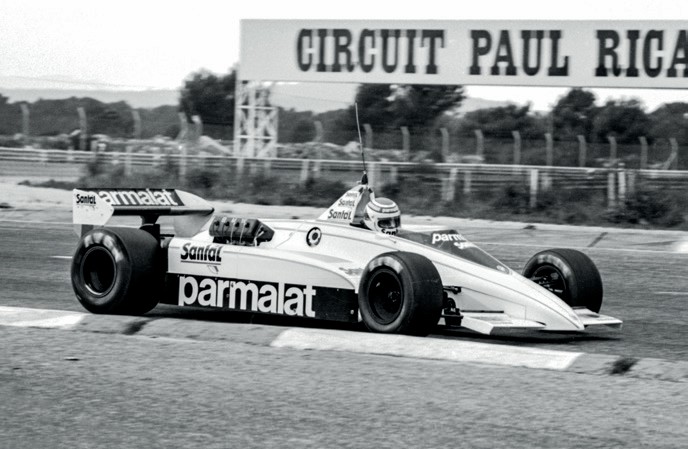
1983 Brabham-BMW BT51
Designer Gordon Murray has no doubts about the potential. He reckons a car that fully exploited the benefits of refuelling “would have walked the championship”.
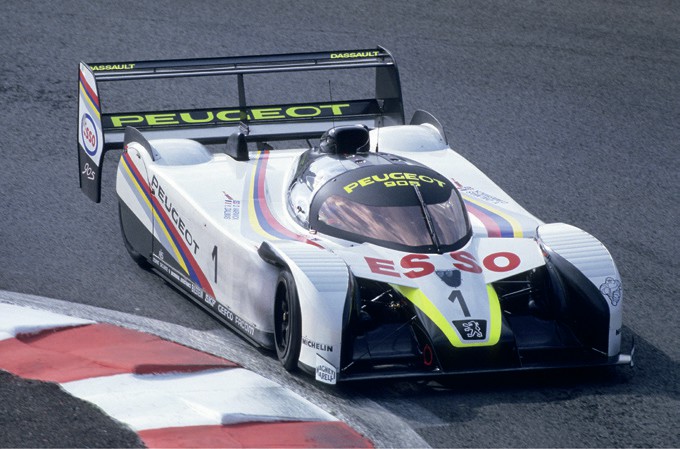
1992 Peugeot 905 Evo 2
Yannick Dalmas believed that the car was “a massive step forward”. Any rivals turning up, had the WSC continued, would have had to build something special to beat it.
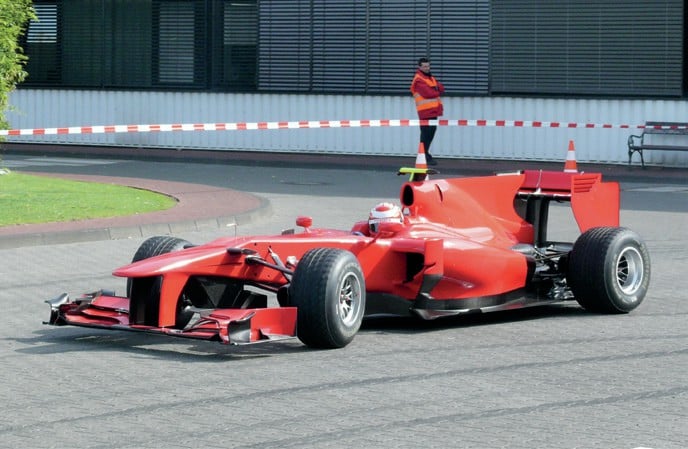
2010 Toyota TF110
The aero numbers for the TF110 were “very, very good” according to Toyota’s then head of design Pascal Vasselon, so the question has to be whether its V8 was up to the job.
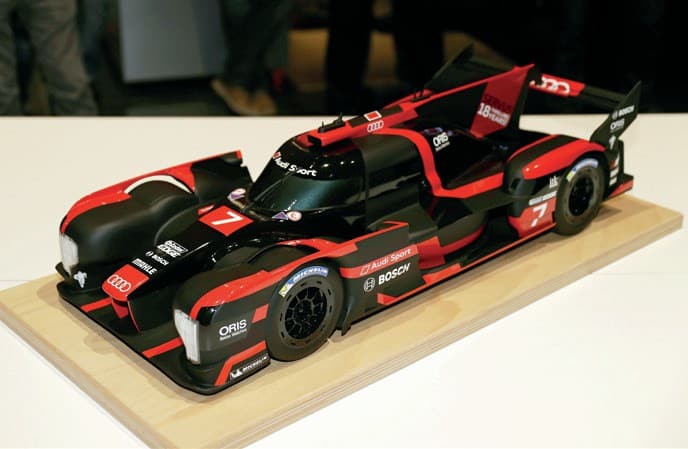
2017 Audi R18 e-tron Quattro
Domination at Bahrain in 2016 hinted at a glorious future for Audi. “We were confident based on the knowledge we’d gained in 2016,” says Joest’s Ralf Jüttner
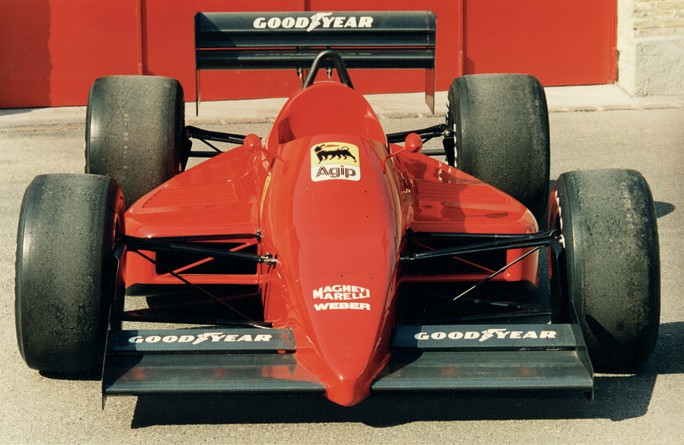
1987 Ferrari 637
The car only tested at Fiorano, but Truesports’ Steve Horne says that windtunnel numbers were good. He’s convinced that “it would have been fast out of the box”.
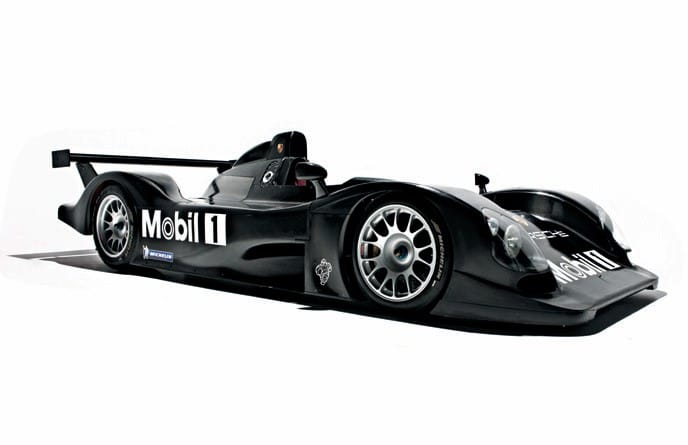
2000 Porsche LMP2000
Designer Norbert Singer reckons Porsche would have prevailed over Audi in 2000: “They were still on a learning curve; theoretically we had the better car.”

Nelson Piquet, centre right, tested the ground-effect Brabham BT51 at Paul Ricard in October 1982. Despite the setback to the BT51 project, the Brazilian went on to win the 1983 F1 world title in Gordon Murray’s dart-shaped BT52
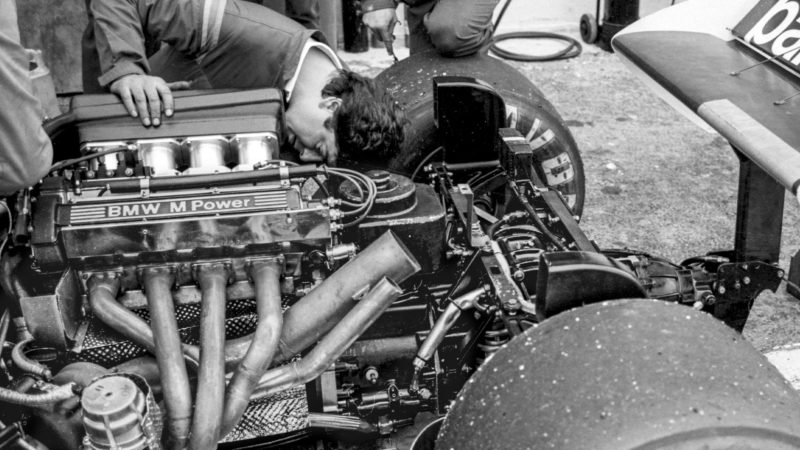
BMW’s F1 turbo was developed around the cast-iron block of the M10 four-cylinder that dated back to the 1960s

A narrow in-line four allowed Murray to exploit ground effects tunnels – before they were banned. The BMW engine sat upright in the BT51 for aerodynamic reasons; in the BT52 it was canted over to lower the centre of gravity
